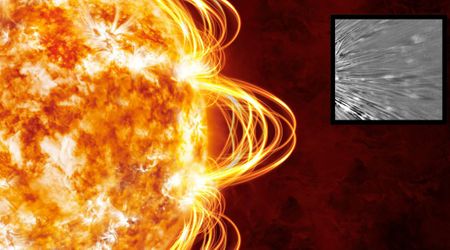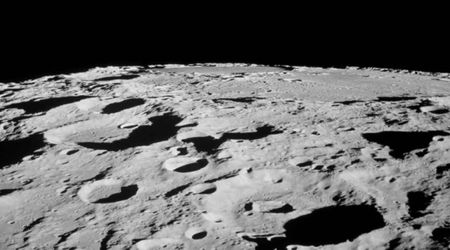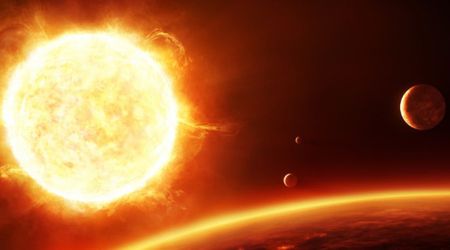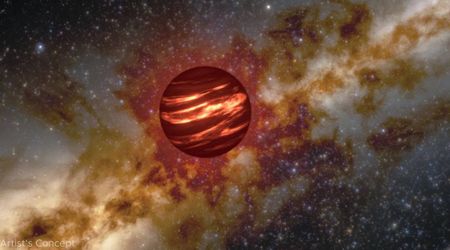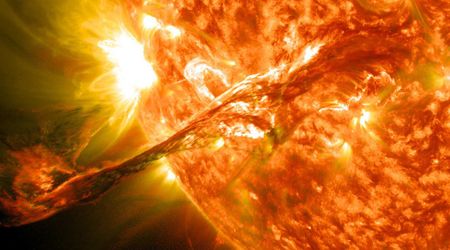Butterfly-shaped hole in the Sun's atmosphere stuns scientists—potential effects on Earth on September 14
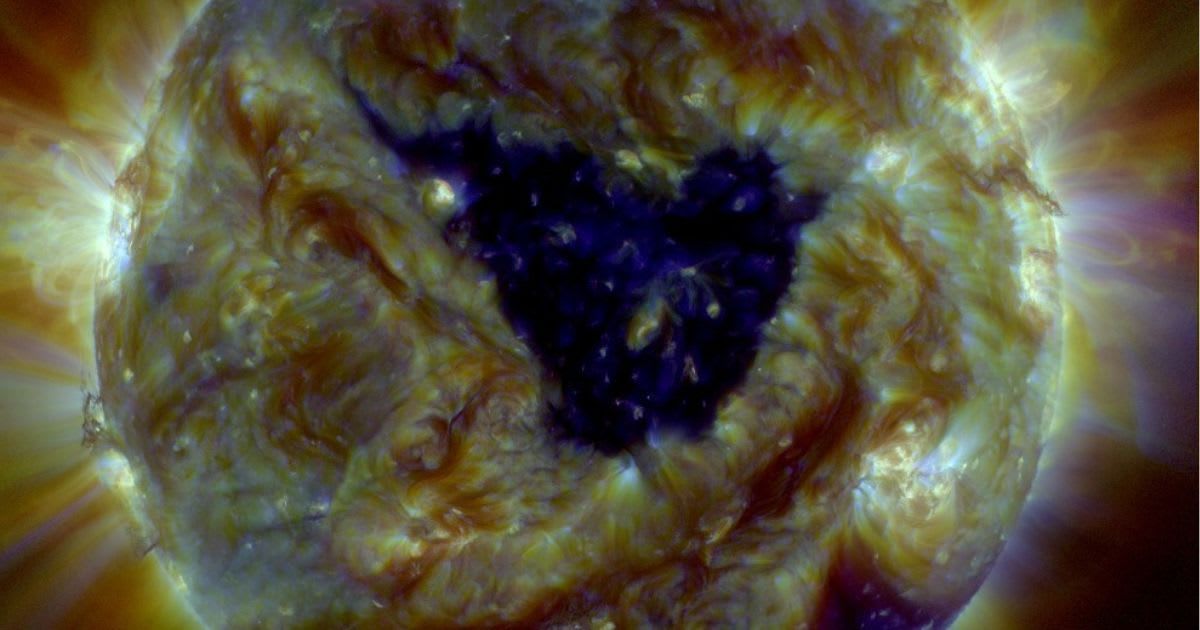
A colossal "coronal hole," roughly 310,685 miles (500,000 kilometers) wide, has opened up in the Sun's atmosphere, releasing a powerful stream of solar wind that is expected to reach Earth on September 14. Captured by NASA's Solar Dynamics Observatory, the gap has a unique butterfly-like appearance, as per Space Weather.
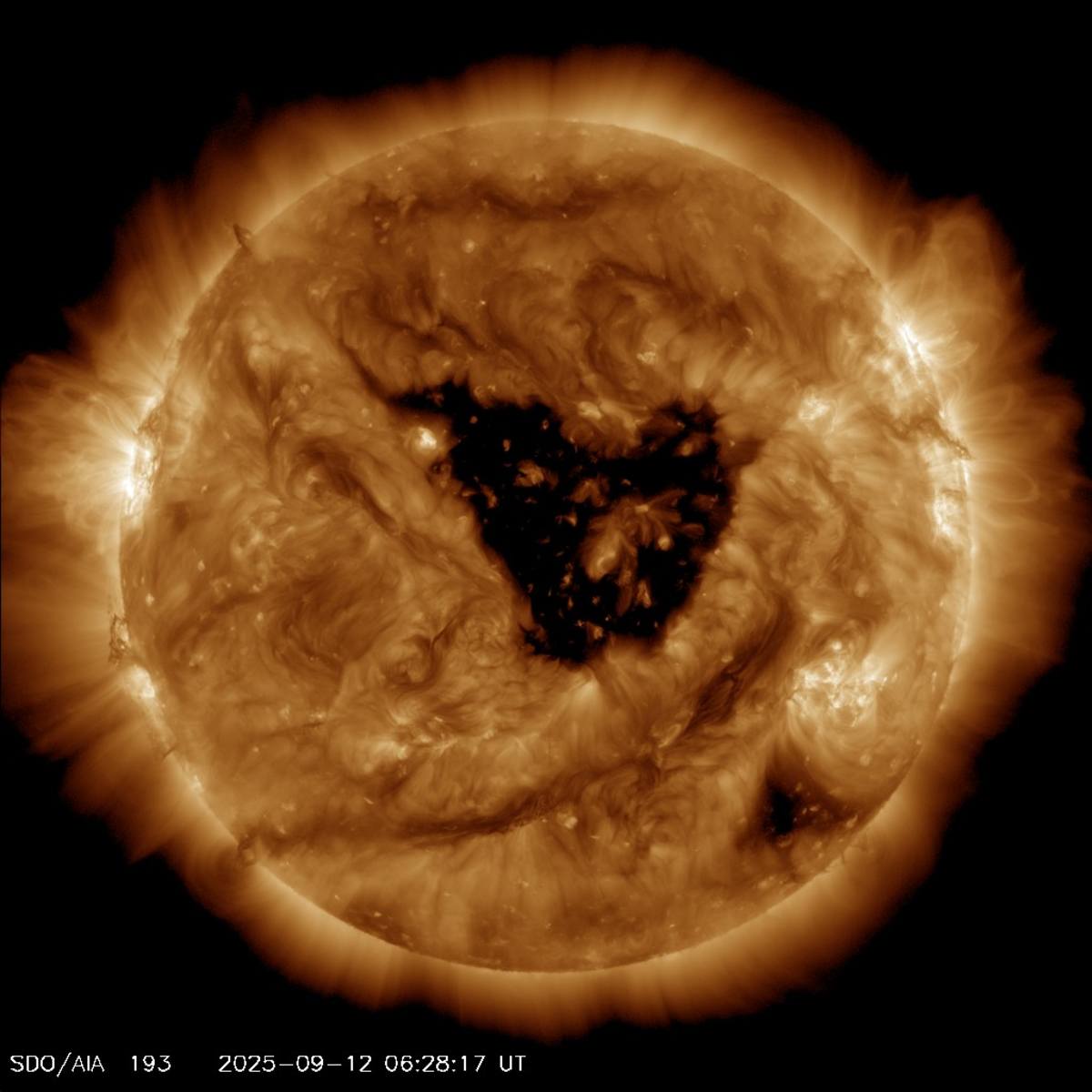
Coronal holes are areas where the Sun’s magnetic field lines extend outward into space instead of looping back, allowing hot plasma to escape. This gives them a dark appearance. The departing solar wind, a flow of charged particles, is now traveling toward our planet.
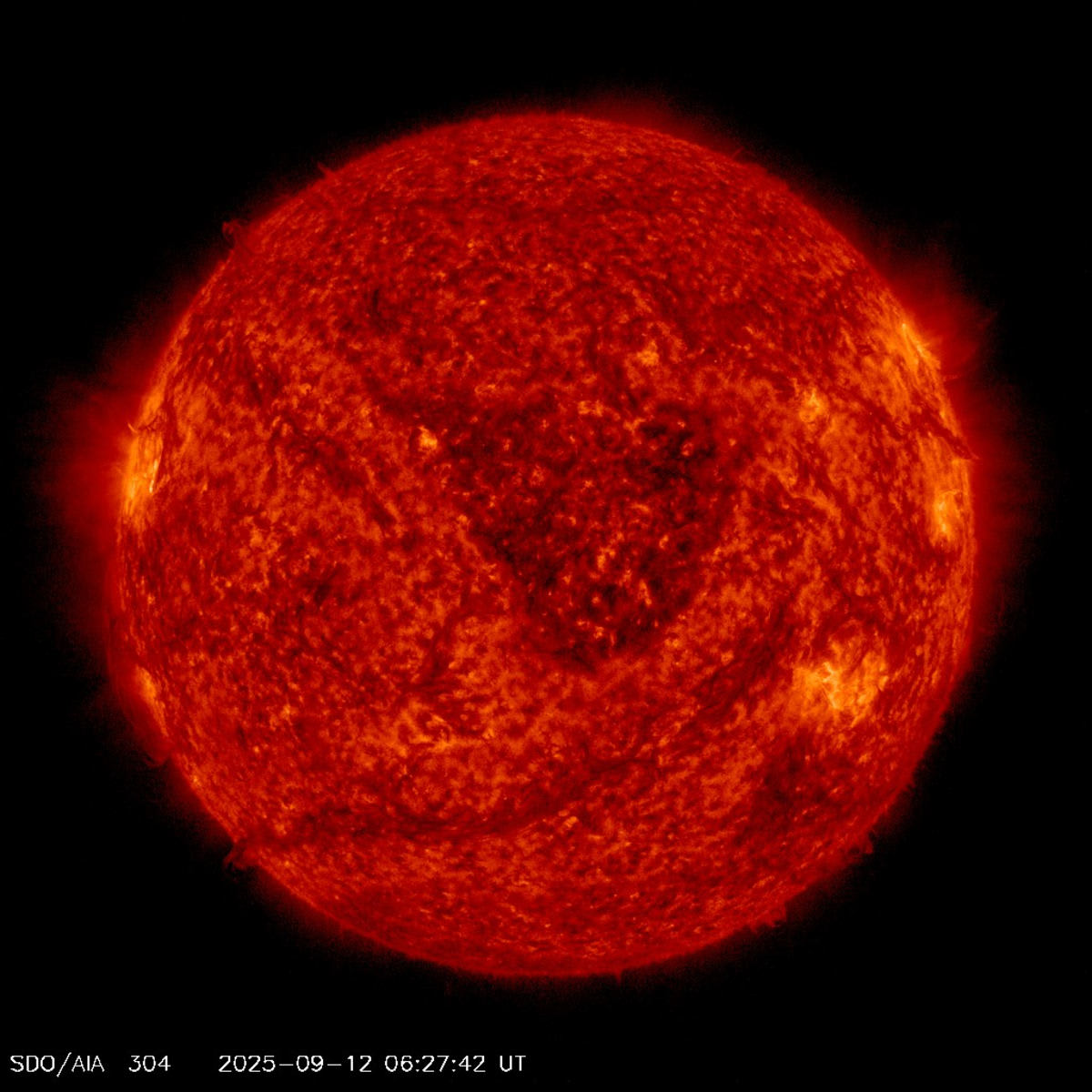
The arrival of this solar stream could trigger G1 to G2-class geomagnetic storms, according to experts. The likelihood of these storms is amplified by the Russell-McPherron effect, a phenomenon that enhances the connection between the Sun's and Earth's magnetic fields during the weeks surrounding the equinoxes. The potential effects on Earth could include disruption to power grids and communication satellites, as well as spectacular aurora displays.
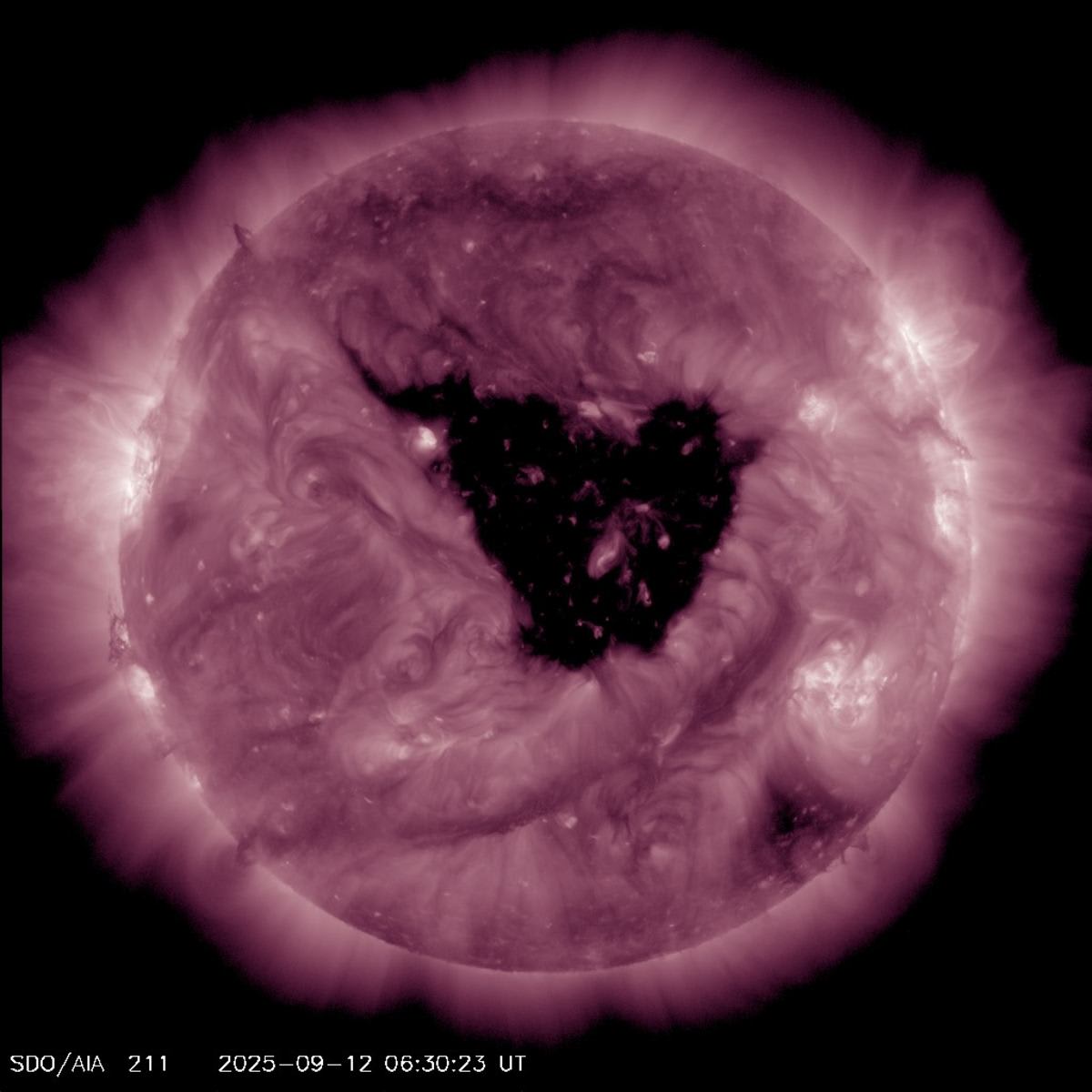
Coronal holes are vast, dark areas of the Sun's atmosphere, easily spotted in extreme ultraviolet and X-ray images, according to NASA. These holes are essentially gaps in the Sun's magnetic field where lines of force don't loop back to the surface. Instead, they extend far out into the solar system, acting like a superhighway for solar material. Because the magnetic field lines are "open," hot, charged plasma can easily escape, giving these regions a much lower density and making them appear dark. This escaping material forms the fast solar wind, which can travel at speeds of up to 700 kilometers per second.
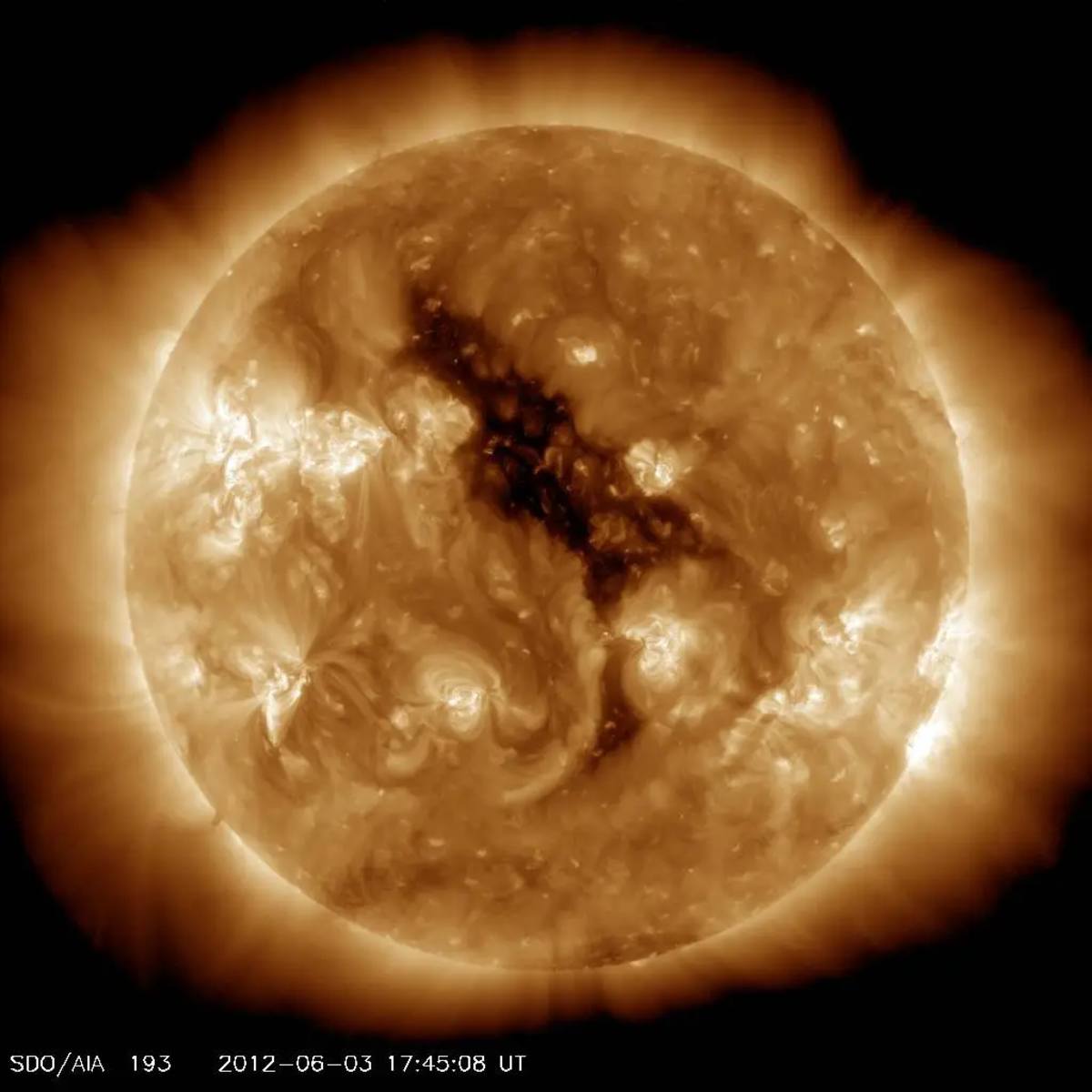
Coronal holes can form at any point during the Sun's 11-year cycle, but they are more common during the solar minimum, when large, long-lasting holes often appear near the Sun's poles. These holes can also expand and shift toward the Sun's equator, directing their stream of charged particles toward Earth.
While the Sun's atmosphere is in flux, a separate celestial event is drawing the attention of stargazers in the Southern Hemisphere. On September 21, a partial solar eclipse will be visible, with the moon partially obscuring the sun. The eclipse is expected to reach its peak at 3:43 p.m. EDT.

This event is part of the Saros cycle, a recurring celestial pattern that spans approximately 18 years and 11 days. Astronomers meticulously calculate the magnitude of each eclipse, which indicates the fraction of the sun’s diameter that will be blocked. While this specific event is a partial eclipse, others in the same Saros series can be total, annular, or a rare hybrid. This particular eclipse will be visible in parts of the Pacific Ocean, New Zealand, and Antarctica.
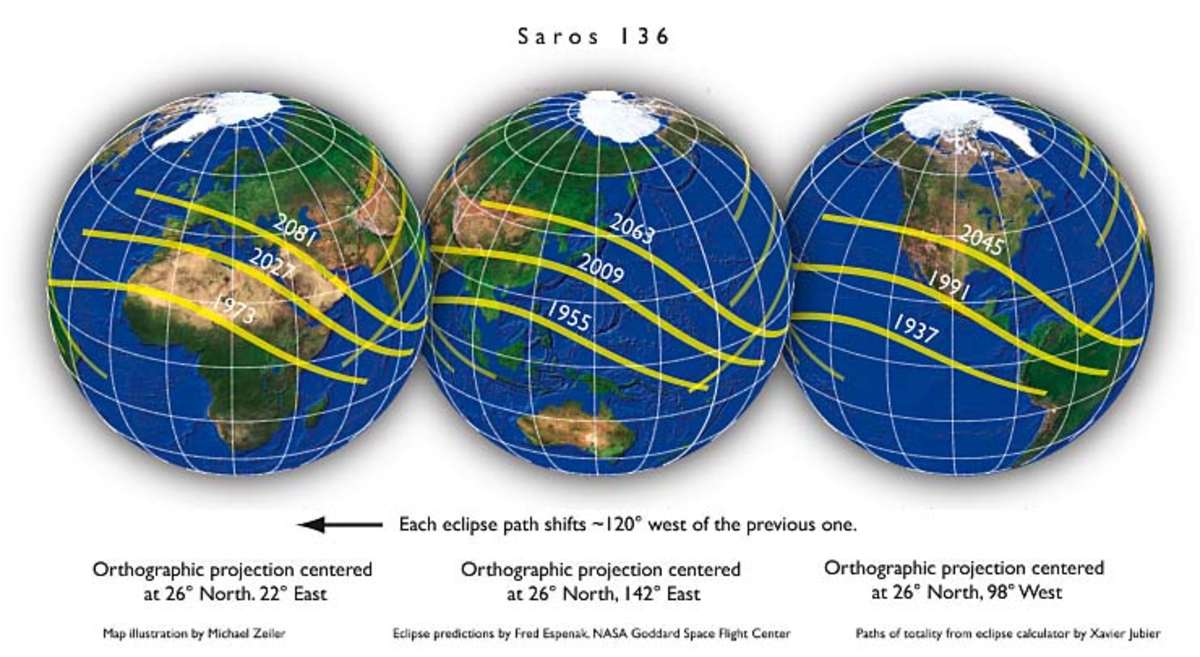
The upcoming eclipse will be visible across a wide expanse of the Southern Hemisphere. Observers in New Zealand, Australia, Fiji, and Tonga are in for a prime opportunity to witness the event. The partial eclipse will also be visible from American Samoa, the Cook Islands, French Polynesia, Kiribati, and other Pacific islands, including Tokelau, Tuvalu, and Wallis and Futuna. Additionally, regions in Antarctica and the Solomon Islands, Vanuatu, and New Caledonia will experience a partial view of the celestial spectacle.
More on Starlust
2025 partial solar eclipse: When and how to watch the astronomical phenomenon on September 21
